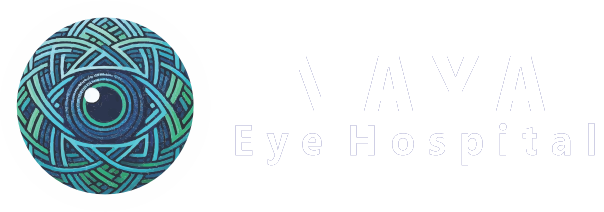Book Appointment Now
Glaucoma is a serious eye condition that can lead to irreversible vision loss and blindness if not detected and treated in time. It is a chronic and progressive disease affecting the optic nerve, primarily due to increased intraocular pressure. Regular eye exams play a crucial role in early diagnosis and management of this condition. Understanding glaucoma, its causes, symptoms, and treatment options can help in preventing severe vision impairment. Glaucoma is a leading cause of vision loss and blindness if not diagnosed and treated timely. It is a chronic, progressive eye disease that occurs due to an abnormality in the eye’s fluid drainage system, leading to excessive pressure in the eye and damage to the optic nerve.
Types of Glaucoma
There are two main types of glaucoma:
OPEN-ANGLE GLAUCOMA
This is the most common type of glaucoma. It develops gradually when the eye does not drain fluid as efficiently as it should (similar to a clogged drain). As a result, eye pressure builds up and starts to damage the optic nerve. This type of glaucoma is painless and causes no immediate vision changes, making regular eye exams essential for early detection.
CLOSED-ANGLE GLAUCOMA
This occurs when the iris (the colored part of the eye) is very close to the drainage angle. The iris can block the drainage angle, similar to a piece of paper sliding over a sink drain. When the drainage angle becomes completely blocked, eye pressure rises rapidly, requiring urgent medical attention.
Symptoms
OPEN-ANGLE GLAUCOMA:
- No symptoms in early stages.
- Gradual development of patchy blind spots in peripheral vision.
- In later stages, difficulty seeing objects in central vision.
CLOSED-ANGLE GLAUCOMA:
This is a medical emergency. Seek immediate medical attention if you experience:
- Severe headache.
- Intense eye pain.
- Nausea or vomiting.
- Blurred vision.
- Halos or colored rings around lights.
- Eye redness.
WHEN TO SEE A DOCTOR
If you experience any of the above symptoms, particularly those that occur suddenly, seek immediate medical attention. Visit an eye doctor (ophthalmologist) or go to an emergency room as soon as possible to prevent vision loss.
DIAGNOSIS
A comprehensive eye examination is required to diagnose glaucoma. Tests include:
- Tonometry – Measuring intraocular pressure.
- Dilated Eye Exam & Imaging Tests – Assessing optic nerve damage.
- Visual Field Test – Checking for areas of vision loss.
- Pachymetry – Measuring corneal thickness.
- Gonioscopy – Inspecting the drainage angle.
TREATMENT
Although damage caused by glaucoma cannot be reversed, timely treatment and regular monitoring can slow or prevent further vision loss. Treatment options include:
- Prescription Eye Drops – To reduce intraocular pressure.
- Oral Medications – To help lower eye pressure.
- Surgical Procedures:
- Trabeculectomy.
- Valve insertion.
- Laser Treatment – To improve fluid drainage.
Conclusion
Glaucoma is a progressive disease that can lead to permanent vision loss if left untreated. Early detection through routine eye check-ups and appropriate treatment can significantly reduce the risk of blindness. If you experience any concerning symptoms, consult an ophthalmologist immediately to safeguard your vision.

